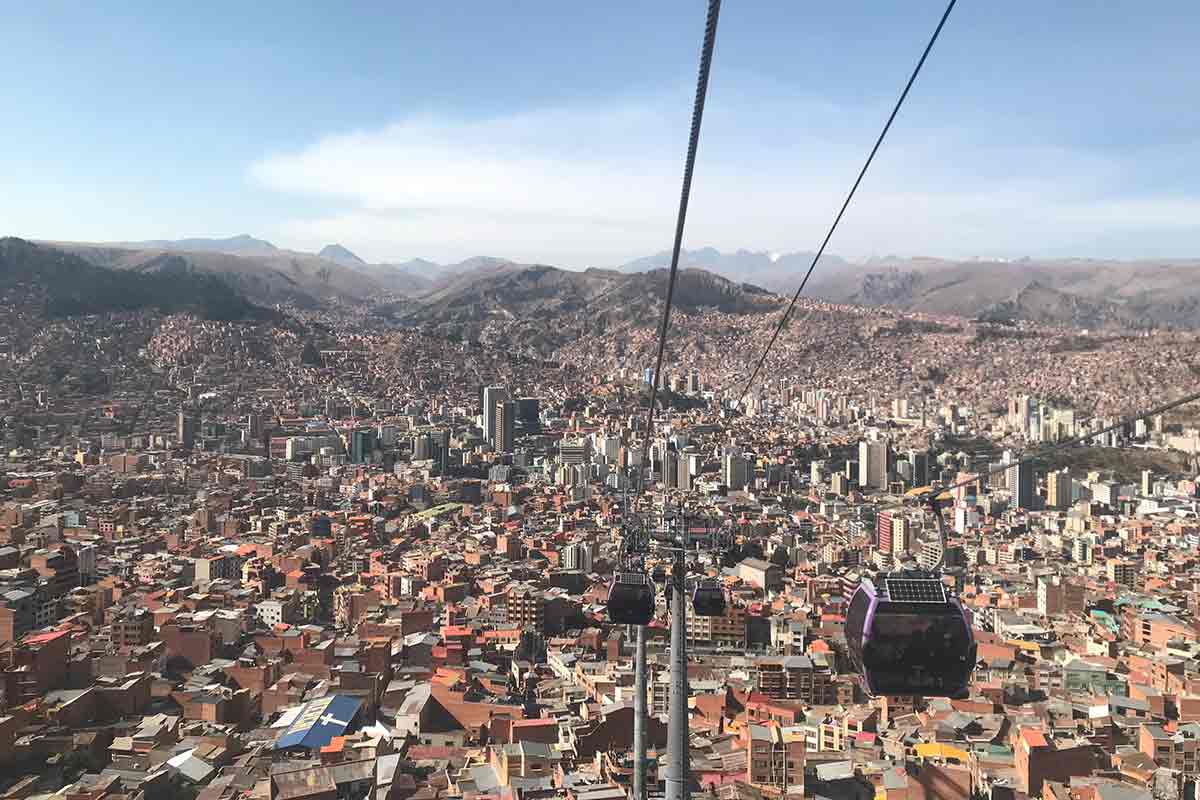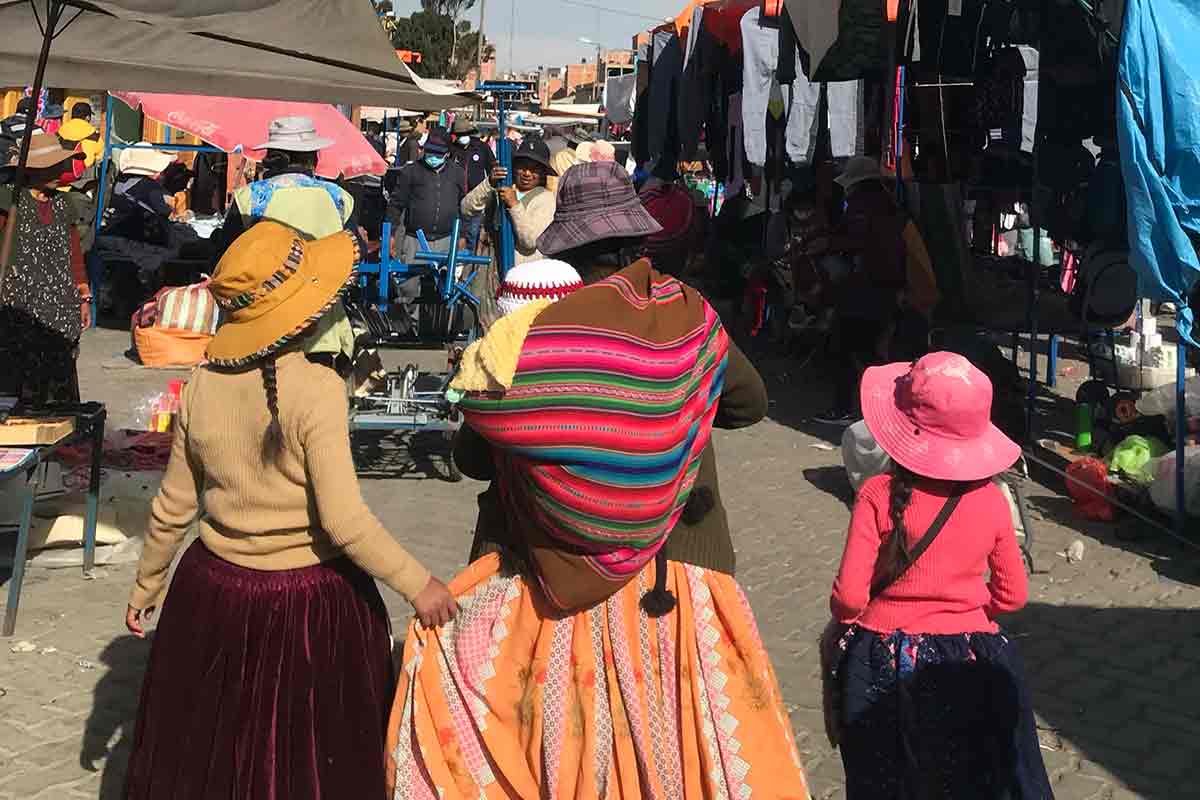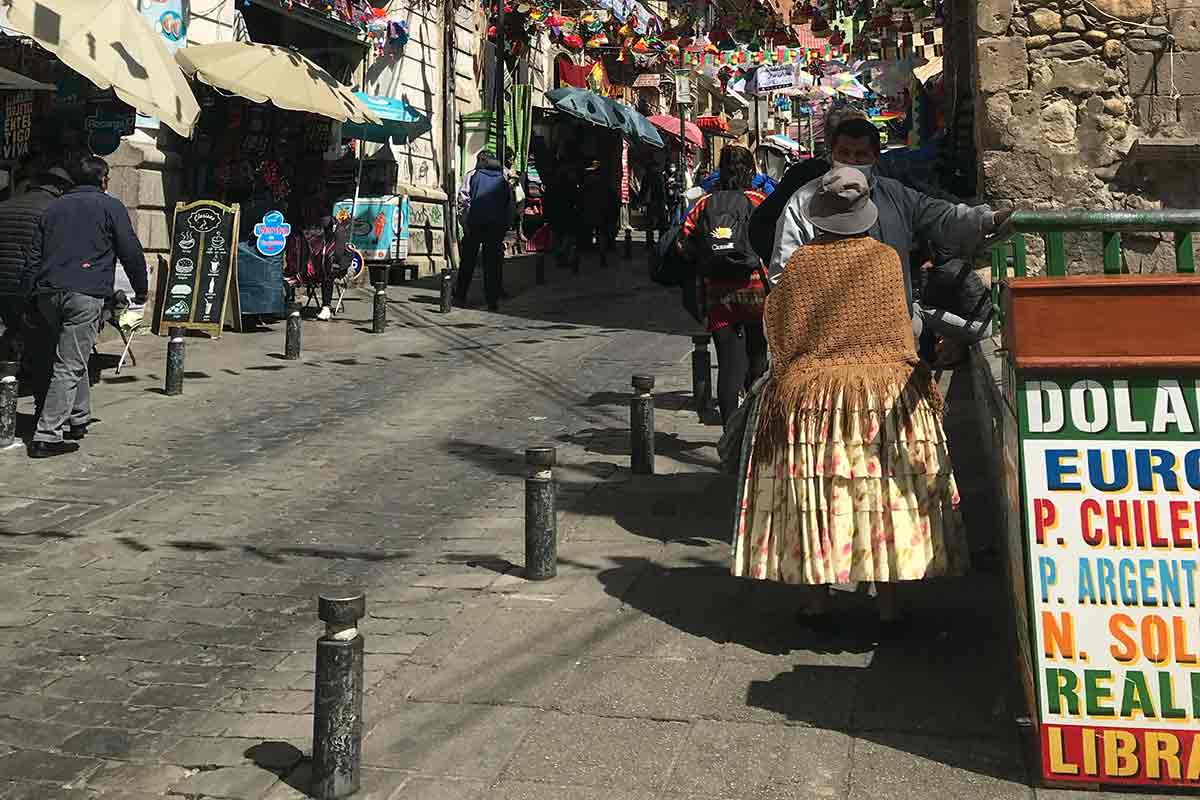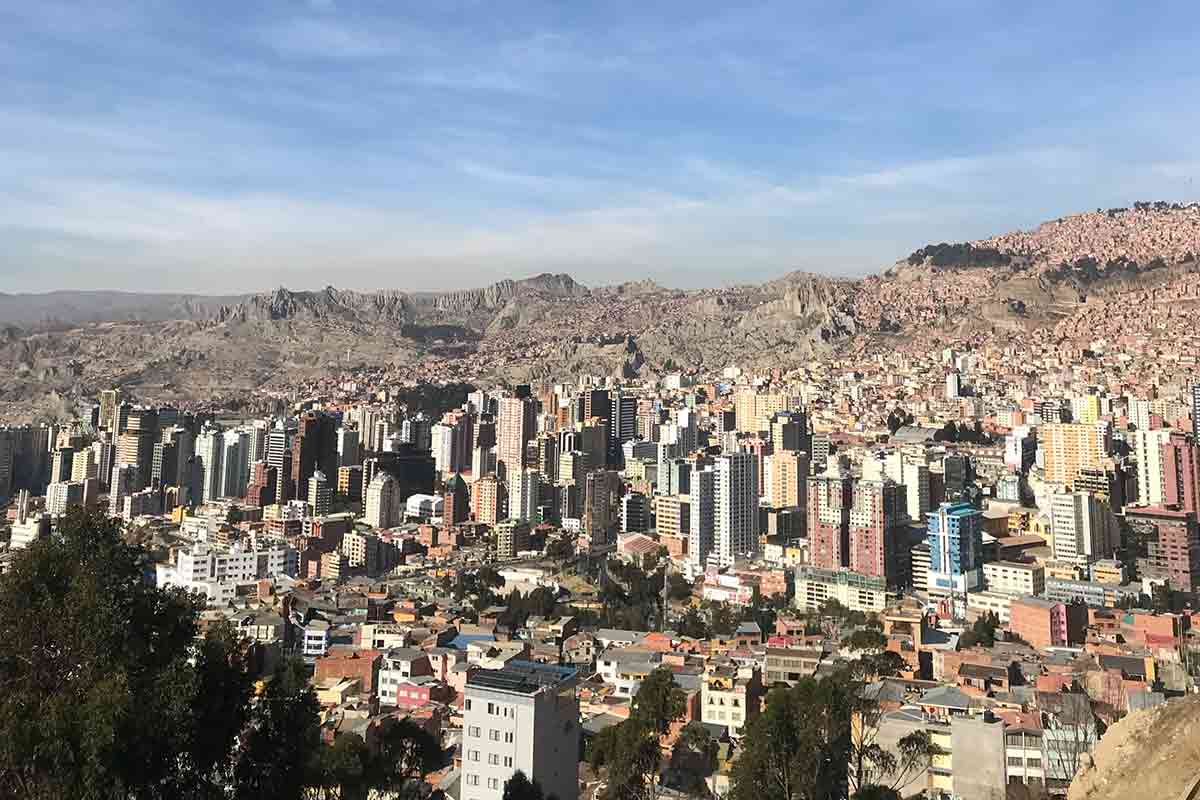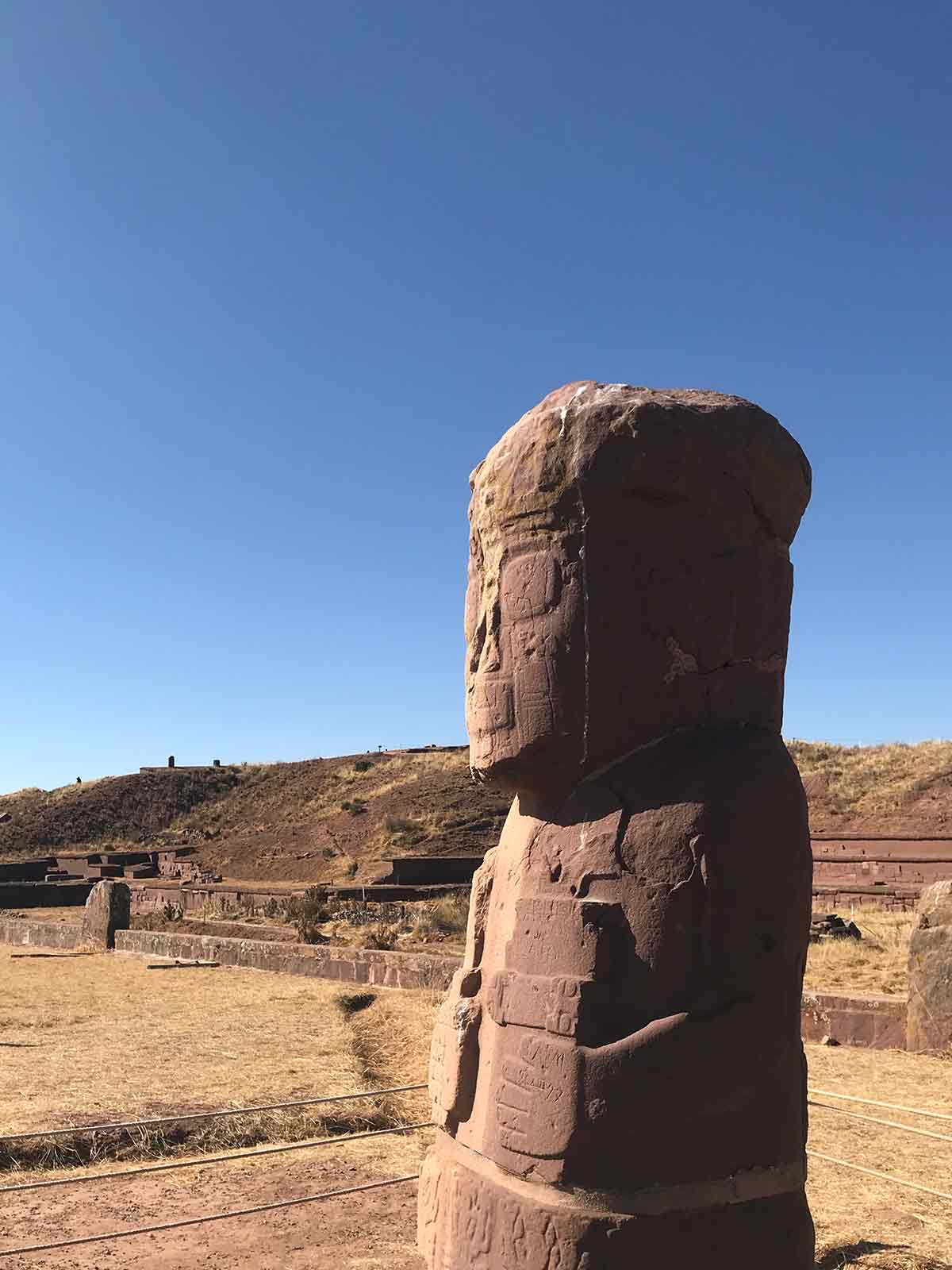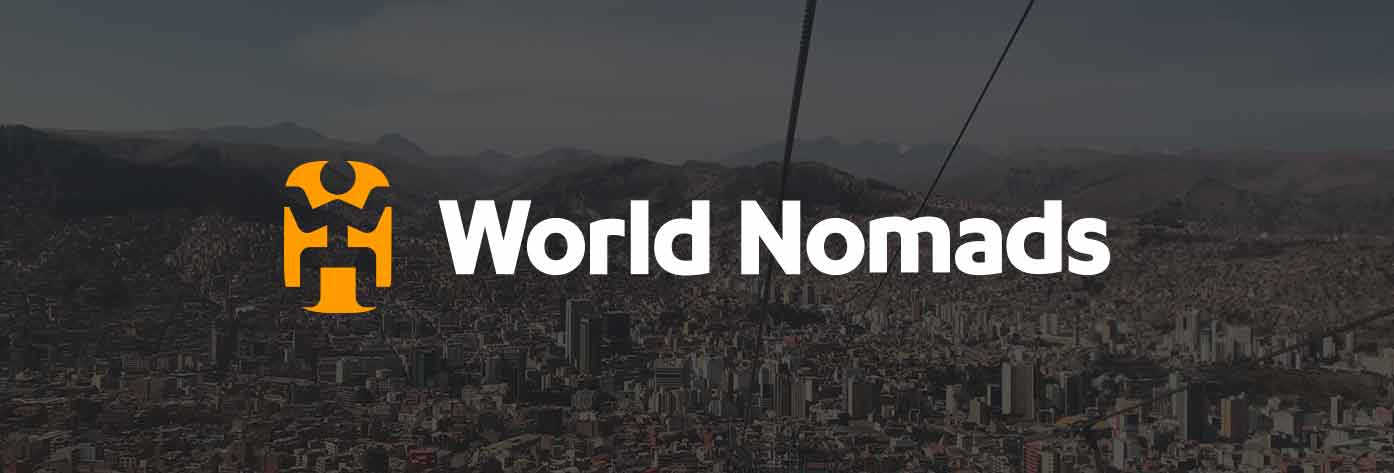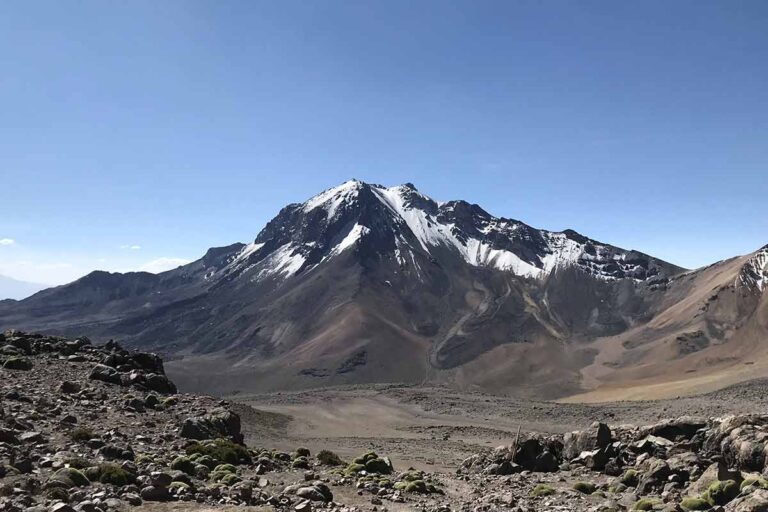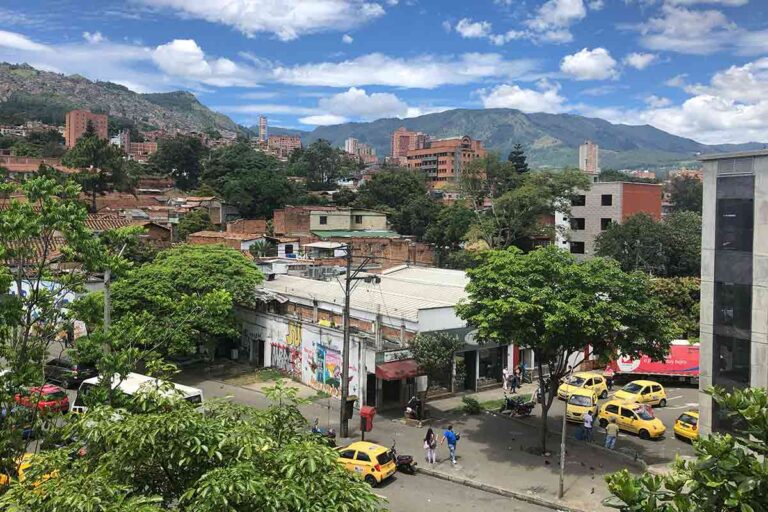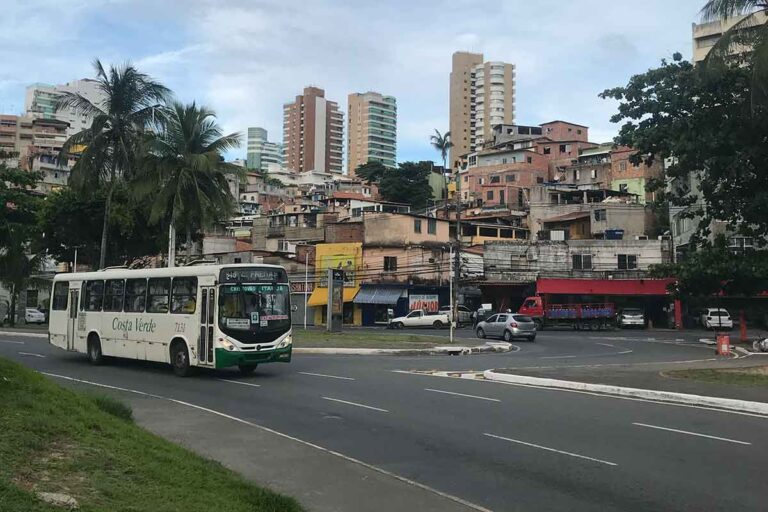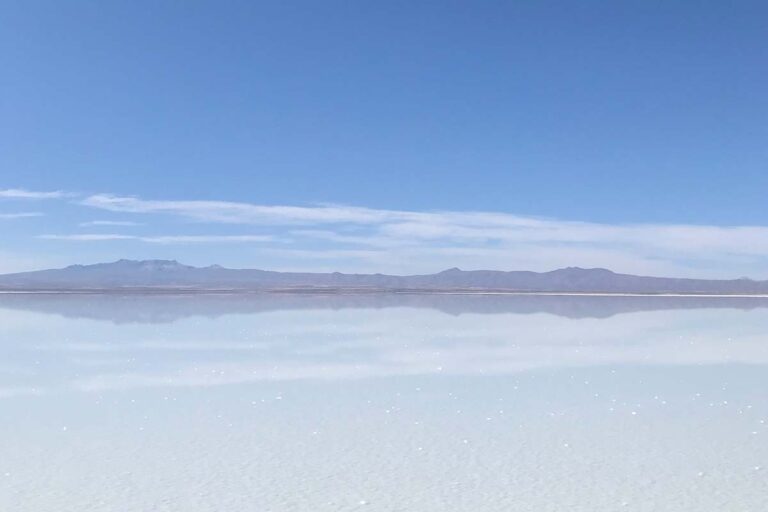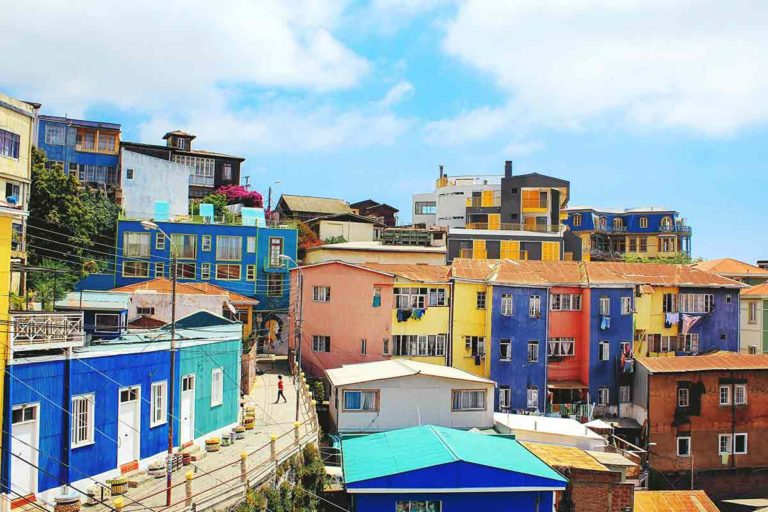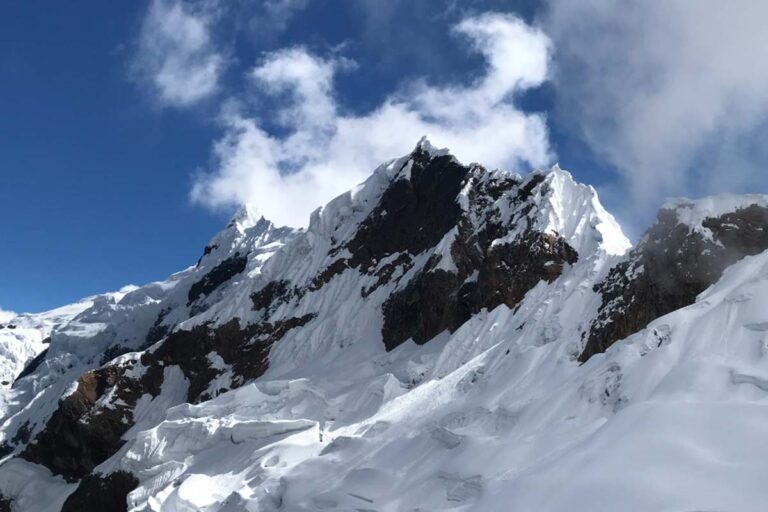Things to do in La Paz, Bolivia
Welcome to this backpacking guide on things to do in La Paz, Bolivia.
The capital of Bolivia is a city you must visit at least once in your lifetime. Nestled up at an altitude of 3625m, it’s the highest capital in the world.
Surrounded by many snow-capped peaks, you’ll also want to get out into nature, with some awesome hiking trips to be had in this region.
La Paz also has its very own vibrant culture, which can be explored by hanging out in local plazas as well as by trying some tasty Bolivian dishes.
Things to do in La Paz, Bolivia
In this guide we’ll explore La Paz, what to see and do, the best places to stay as well as our own top tips for a backpacking trip here.
Is La Paz, Bolivia Worth Visiting?
Throughout our time backpacking Latin America, we can both agree that La Paz is one of the best destinations for tourist activities out there in Latin America.
It’s full of unique things to see and do inside the city (if you want to see female wrestlers go all at it, you’ve come to the right place), as well as being located in a picturesque setting.
Due to the high altitude, the city has a gondola system that connects all areas up, almost like a metro but with awesome views!
From La Paz, you can also make several day trips, which is why we recommend spending no less than a week here. One of the best is cycling down El Yungas Road, which is known as the world’s most dangerous road.
Of course, you’ll need to go with a reputable company like this one, given you’ll need the best equipment on hand, as well as extra support if you need it.
From La Paz, you can also hike some incredible mountains such as Huayna Potosí, as well as visit the ancient ruins of Tiwanaku.
How to Get to La Paz
There are many ways of getting into Bolivia’s capital.
The most popular is by first crossing into Bolivia from Peru across Lake Titicaca. From here, the bus then takes around 5 hours to reach La Paz.
The other way is by international flight, and here there are daily flights from all over Latin America. There are some direct flights from across the globe, but they’re less common. Cheaper options will most likely pass through Lima or Bogotá on the way.
If already elsewhere in Bolivia, then you can easily take the bus to La Paz. From Uyuni, it takes around 9 hours, whilst it will take roughly 12 hours from Sucre.
Maybe you’re planning your trip from further a field? If so, see our backpacking Bolivia itinerary for more ideas on where to go and what to do in the country.
Things to do in La Paz, Bolivia
Now that we’ve covered some of the basics, let’s now get stuck in with the very best things to do in La Paz so you know exactly what to do with your time here.
Cholita Wrestling
This is a pretty bizarre one even by our standards. Unless you’re really into wrestling, then you’ve probably never heard of Cholita Wrestling.
However in La Paz, this sport is a way of life, where locals flock en masse to nearby El Alto every Thursday and Sunday.
Here you can see women dressed in extravagant costumes go neck and neck, whilst drinking some Bolivian beers with the rowdy crowds.
Mirador Killi Killi
This mirador is one of the best for some awesome, sweeping views of the capital. It’s just a few blocks from the bustling Plaza Murillo, and will take about 20 minutes to walk uphill.
Be sure to take your time though, given the high altitude of this city (3625m) can make things somewhat difficult. See this guide to high altitudes for practical tips.
The Teleférico System
Rarely does a public transport system make the top things to do in a city, but La Paz’s teleférico network could easily keep you occupied for hours.
Linking up all areas of the city (as well as El Alto), here you’ll soar through the skies with some outstanding city views. It’s much cheaper to get around this way than by using taxis, so be sure to take advantage of this as much as possible! Each trip costs around $0.50.
Cycling down El Yungas Road
Given Bolivia is a country of superlatives (the world’s highest capital and highest altitude lake, for starters), it wouldn’t be too surprising that it’s also home to the world’s most dangerous road.
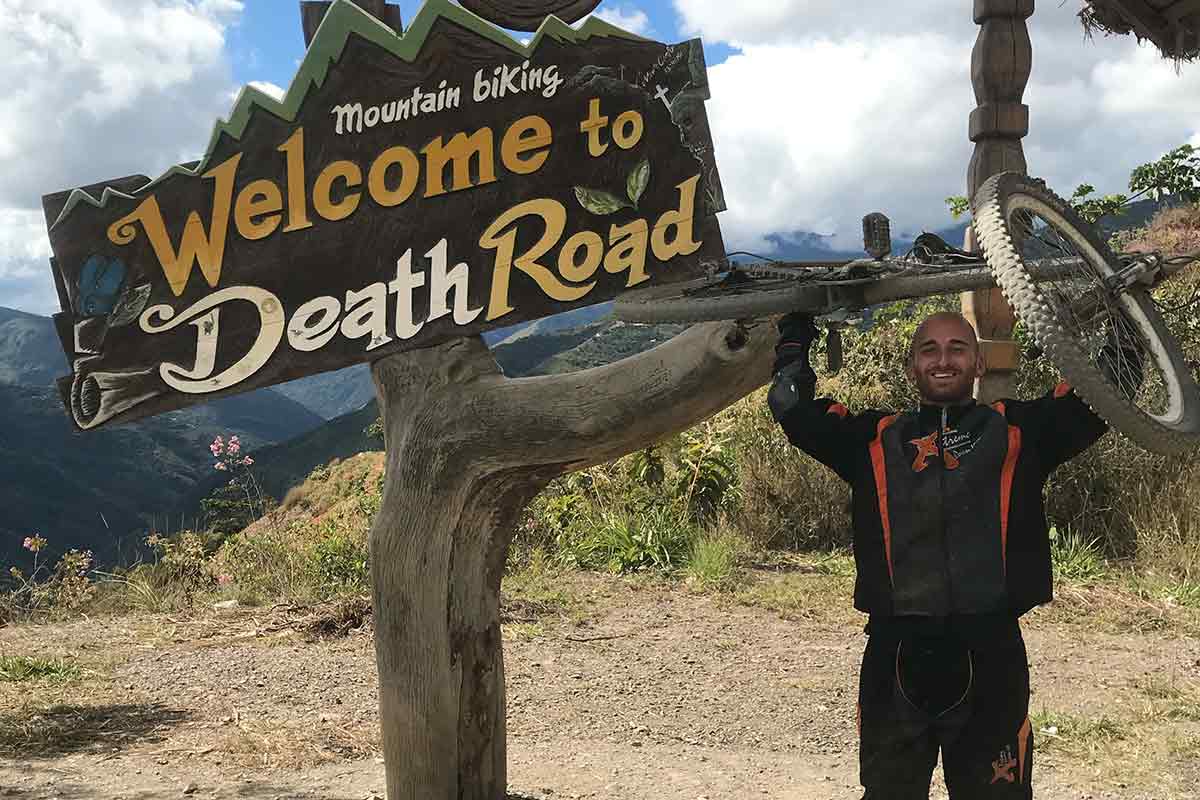
El Yungas is a road that connects La Paz to the Amazon and is notable for its deadly stretches that claim many lives every year. It’s also become a popular site for bike riding, where the brave descend the mountain on a mountain bike for the ultimate adrenaline pump.
Tiwanaku Ruins
Just a few hours outside of La Paz, you can find the ancient ruins of Tiwanaku. Once home to the Tiwanaku civilization, it’s still not clear even to this day why they perished.
However what’s now left behind is one of the most stunning ancient ruins in Bolivia, with the majority of its human-sized statues and temples left in perfect condition. To get to this adobe city, you’ll need to take a bus from the main bus terminal in La Paz, with the journey taking roughly two hours.
Where to Stay in La Paz?
As with the majority of the South American capitals, La Paz is a sprawling city that has many good and not so good parts. We would say that the very best area for a stay is near the Plaza Murillo, which is more touristy.
Not only is Plaza Murillo safe to walk around both during the day and night, it’s also close to many top attractions such as the Killi Killi Mirador and the Museo Nacional de Arte. When looking for a more social atmosphere, we recommend staying at Wild Rover, which is just a few blocks from the Plaza Murillo.
Best Time to visit La Paz?
La Paz has both a dry and wet season, which we’ll take a look at now.
The dry season runs from May until September. Average daily temperatures range from 41-45°F, with highs of 59°F and lows of down to a chilly 28°F.
Rainfall is lowest during this time of the year, where you can expect anywhere from 0-0.5 inches falling throughout each month (June is the overall driest month for a trip).
Don’t forget your Water Purifier & Filter Bottle!
The contrasting wet season begins in late September, and continues through until April. Average temperatures are slightly higher at 45-48°F, however with the same highs of up to 59°F.
The biggest change though are the lows, which rise up to between 37-41°F (trust us you’ll feel the difference). Rainfall during the wet season can range from 1-3.5 inches for each month (with January being the wettest month of the year).
La Paz Backpacking Tips
Now you have ideas on what to do in La Paz, we’ll share some of our best tips for exploring the city, based on our own time spent here.
- First up, take it easy! Unless you’ve come over from Lake Titicaca, your body won’t yet be adjusted to these high altitudes. It’s best to spend the first couple of days (or first night at least) relaxed, and not attempting anything too strenuous. If you’re prone to altitude sickness or start feeling ill, buy some Coca Leaves to help with headaches and other symptoms.
- Be sure to take a look at these top rated hostels in La Paz so you can ensure you’re staying in the best places while here
- We recommend spending a minimum of 1 week in La Paz. More would be ideal, given there’s many hikes to do here (such as Huayna Potosí) which will require more time. However after a week, you’ll feel well acquainted with the capital, with a lot of time to have gotten stuck into the local culture (and nightlife scene too).
- The best times to visit La Paz are in the shoulder seasons of Spring and Autumn. These times are still within the dry season, so you’ll have minimum rainfall, as well as less chilly lows. They’re also outside of peak times too, so you won’t be paying hiked up prices.
Got travel insurance for La Paz?
Things to do in La Paz, Bolivia
And that’s all for our backpacking guide to La Paz!
This epic city is a must-stop for anyone traveling through the heart of South America. With its unique Andean culture, large variety of day trips as well as some tasty dishes, you’ll want to spend at least a week here.
In this guide, we’ve covered everything you’ll need to know about La Paz. This includes the best things to see and do, the best time to visit, where to stay and much, much more.
We hope you enjoyed reading this guide! If you have any questions, feel free to drop a comment below and we’ll get back to you as soon as we can.
If you’re already on the road, or planning a trip through Bolivia, be sure to read our backpacking South America guide for ideas on where to head to next.
👉🏽 P.S. If you’ve found this guide helpful, buy us a coffee here to say thanks! Or, support us by downloading our South America Travel Bible to get our best content.
“Dear traveler! Some links in this post contain affiliate links. Meaning, if you click through and make a purchase, book a hostel or sign up for a tour, we may earn a small commission at no additional cost to you. Your support means a lot and helps us to carry on traveling and maintaining the quality of this site for you.”

